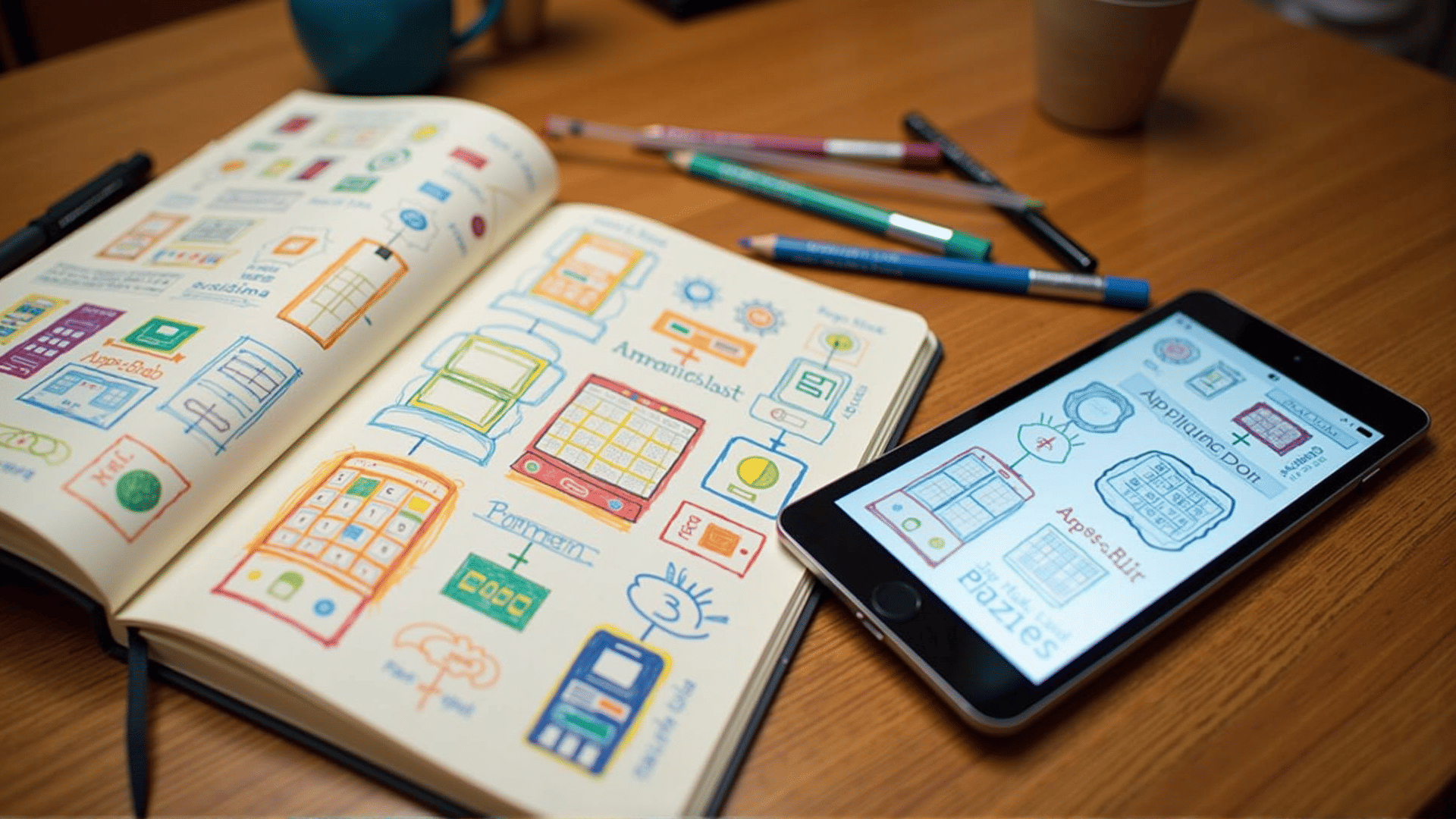Creating digital experiences that are easy to use and engaging begins with understanding the fundamental aspects of designing interfaces for applications. This guide aims to help those new to the field in understanding key concepts and techniques essential for crafting user-friendly digital environments.
Understanding User Needs
Before jumping into the creative process, it's essential to grasp the expectations and requirements of those who will interact with your application. This begins with research—interviews, surveys, and observations that unveil how target users engage with technology. It's important to focus on understanding their goals, preferences, and any challenges they may face. This foundation will inform every design decision moving forward.
Essential Design Principles
-
Simplicity: Strive for clarity and ease in interaction design. Avoid excessive elements that could overwhelm. The goal is to ensure users can navigate with minimal effort.
-
Consistency: Ensure uniform patterns throughout your design. Consistent typography, icons, and navigation contribute to familiarity, aiding users in focusing on the task rather than figuring out how to interact with the tool.
-
Feedback: Users need to know their actions have been received. A button click should result in a visual or auditory response. This confirmation helps build trust and assures them that the application is functioning as expected.
-
Accessibility: Ensure that your design is inclusive. This includes providing alternative text for images, supporting keyboard navigation, and maintaining high contrast for readability. Such features ensure that people with disabilities have equitable access to your digital space.
-
Intuitive Navigation: Organize content in a way that intuitively guides users to their goals. Employ commonly understood symbols and place frequently used features in prominent locations. Simplicity in navigation reduces learning curves and boosts user satisfaction.
Design Tools and Techniques
For beginners, familiarizing oneself with design software is crucial. Sketch, Figma, and Adobe XD are popular tools that facilitate creative exploration and prototyping. Begin by experimenting with wireframes—simplified layouts illustrating the basic structure of your application. Wireframing helps visualize ideas without the distraction of detailed styling.
Flowcharts are another valuable tool, allowing designers to map out the user journey. Understanding the sequence of user interactions ensures all paths lead to meaningful engagements.
Prototyping and Testing
Once an initial design takes shape, creating a prototype allows for testing usability. This interactive model provides insights into how users will interact with the finished product. Testing with real users highlights what works effectively and what requires enhancements. Take notes on feedback and iterate on the design to improve overall usability.
Continuous Learning and Improvement
App design is a continually evolving field. New technologies and interactions emerge, influencing user expectations. Staying informed about industry trends and engaging with design communities can inspire and enhance your approach. Online resources, such as tutorials and forums, offer valuable insights and lessons from experienced designers.
Embarking on the design journey requires curiosity, patience, and a willingness to explore solutions that best meet user needs. By adhering to these fundamental principles and growing with each project, beginners will gradually become adept designers, crafting applications that are both beautiful and effective.
